Affiliate links on Android Authority may earn us a commission. Learn more.
Looking back at the OnePlus One (and cheaper flagships generally)
Published onNovember 4, 2017
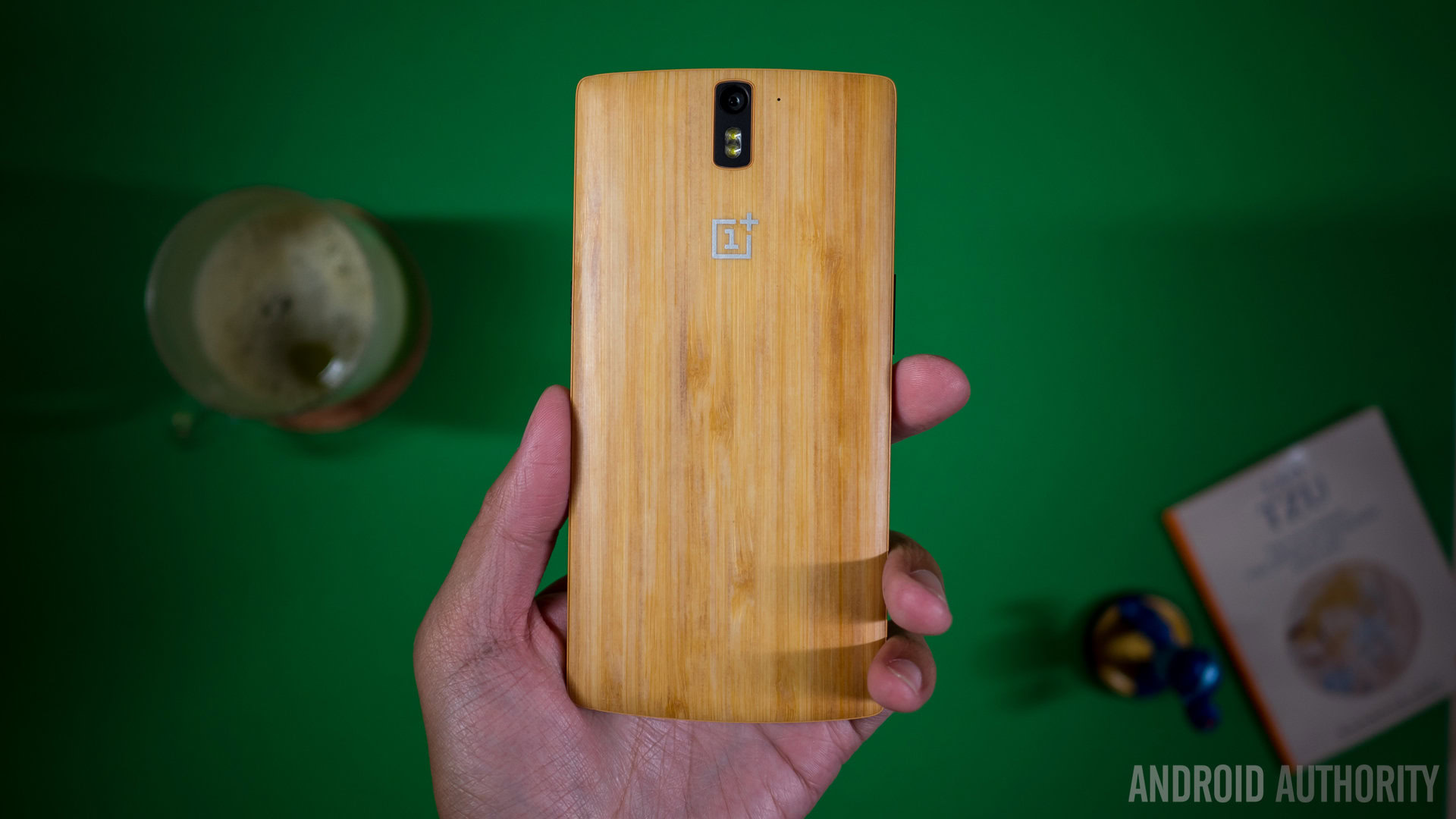
Remember the OnePlus One? Chances are, anyone who owned the phone remembers it fondly for a number of reasons (if you need a refresher, check out my OnePlus One review).
In 2015, flagship smartphones started around $600, much like today. Samsung had just released the Galaxy S5, a premium device with what many considered to be a less than premium design and overall experience.
Seemingly out of nowhere, OnePlus burst onto the scene. It stirred up a lot of news after many of its members broke off from a big Chinese manufacturer, OPPO, to form the young company. That notoriety, and an aggressive guerilla marketing campaign, brought the company a ton of eyeballs when it announced a device it called the ‘flagship killer.
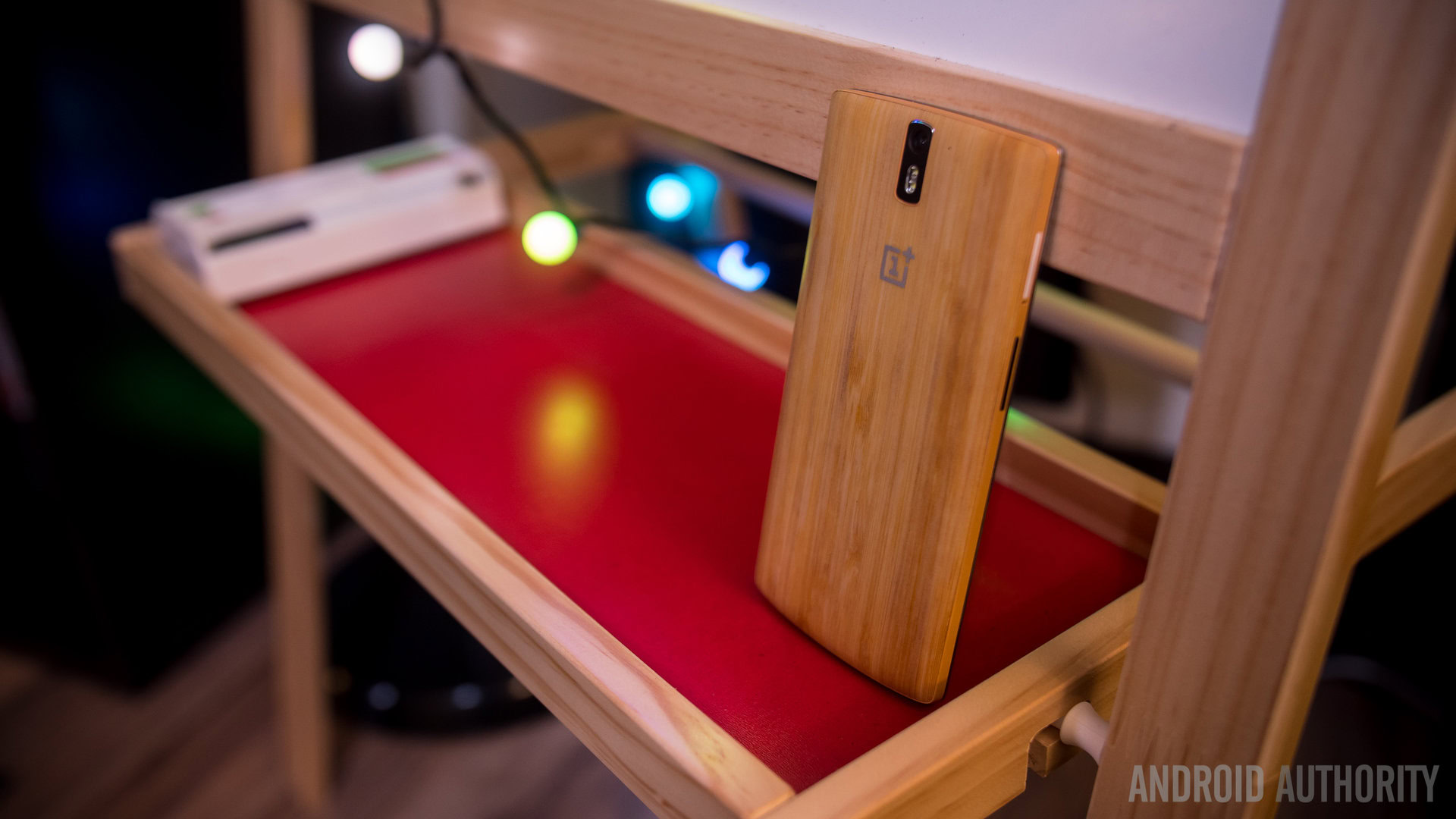
The OnePlus One ticked a lot of ‘flagship’ boxes. It had a Snapdragon 801 SoC, a high quality display, an above average battery, and an accessible version of Android. OnePlus managed to go above and beyond with a larger storage option and an extra gigabyte of RAM than its biggest Android competitor: the Galaxy S5. If a company that no one had ever heard of could out-spec Samsung for less money, it was worth paying attention to.
The phone had a fairly unique design too. Baby Skin white (which is still a weird name), Sandstone Black and replacement shells added even more uniqueness and gave the phone a measure of personalization. It wasn’t without its issues, like the beleaguered invite system, but it was clear how much people wanted this phone once it was revealed it didn’t also have a premium price.
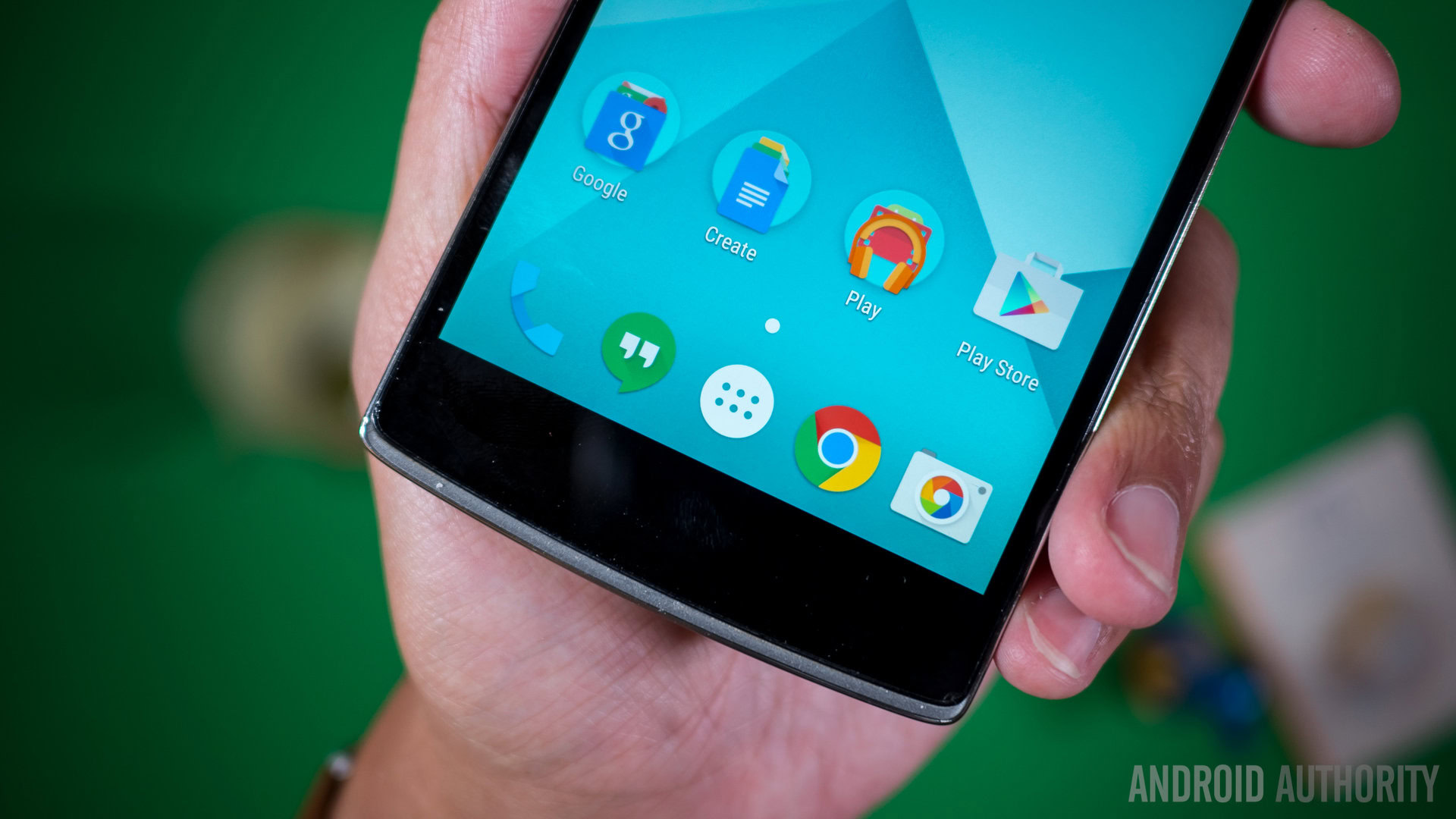
The base model cost $299, with the 64 GB storage option priced at $349. Normally these kinds of prices meant getting something closer to a feature handset than a flagship. It meant users who were okay with sacrificing some of the more specialty features that Samsung or LG phones included could get a premium experience at almost half the price.
Don’t forget that the phone got cut down another $50 too, making it one of the most affordable flagship phones of all time.
So, why are we bringing this up? With the recent leak of a new OnePlus device, we wanted to look back at the company’s original flagship and see where it came from. Also, a couple of pieces came out on Android Authority recently which dive into a problem OnePlus tried to address back in 2015 with the One: rising smartphone prices.
The average smartphone price has gone up by 7% in the past year. That doesn’t sound like a lot, but remember the ‘average’ price is lowered by the midrange and the lower end markets. In just the flagship market, we’ve seen prices get close to (or even surpass) the $1000 mark with phones like the iPhone X and Samsung Galaxy Note 8. While it can be argued from both of those companies that there are additional features which justify the prices, it’s still a lot of money.
Robert Triggs posits that these high price are one way for companies to create the premium mindset; that people perceive a really high price tag as an obvious indicator of the phone’s continued evolution. While there might be a lot of different opinions on this notion, it’s hard to argue with when phones like the Pixel 2 XL continue to sell out despite its price. Users demand the best, and some are okay with inflated prices to feel like they’ve got it, justified or not.
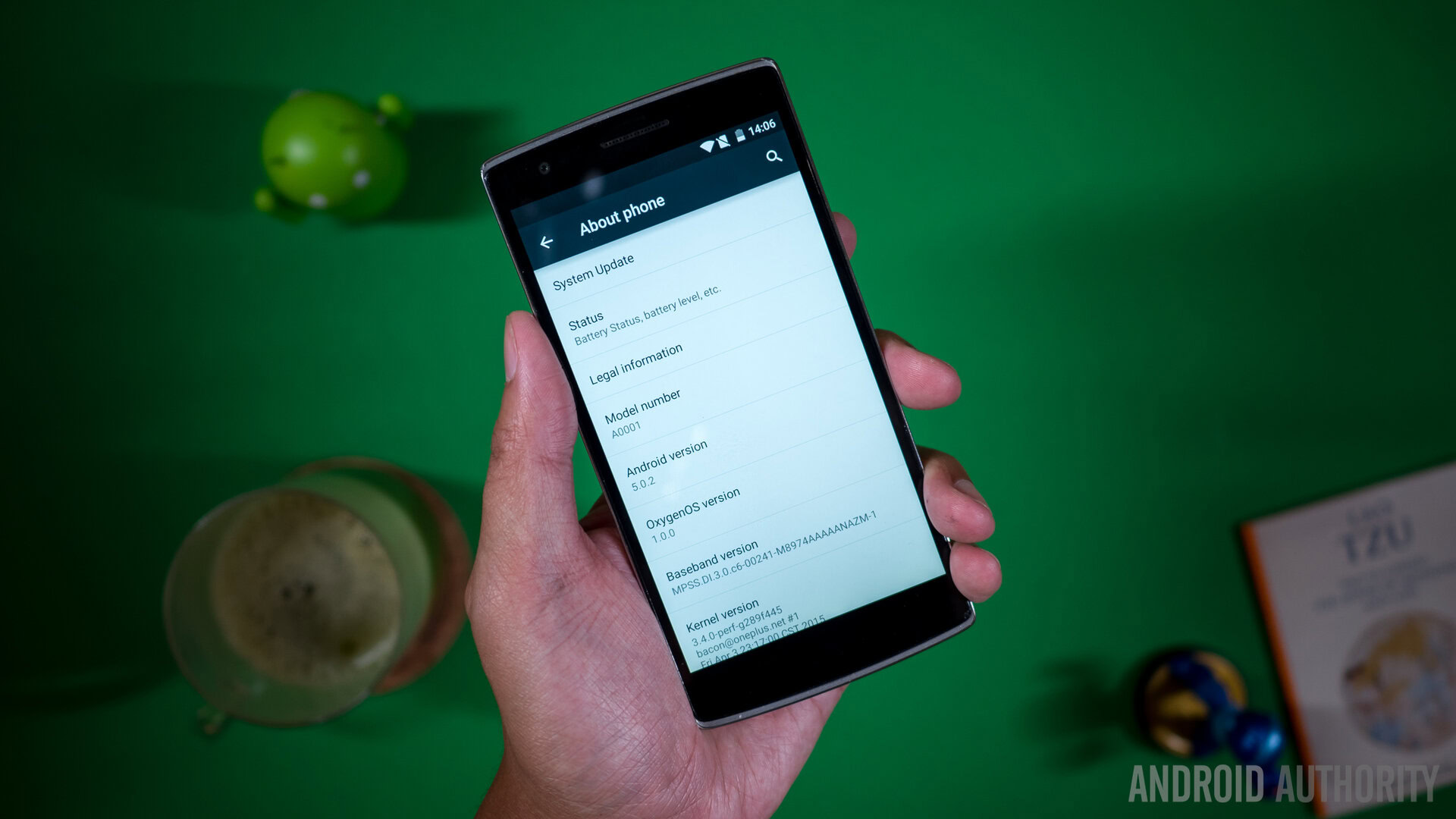
The OnePlus One sat in defiance of that notion— it provided a similar flagship experience to everyone at an affordable price. Though it definitely wasn’t the absolute best overall phone(for example, the camera could have used a bit of work), it was easy to excuse some of the issues because of its value for money.
Hardly any phones that came after it had the appeal of the One because even OnePlus had to start raising its prices. Perhaps to cover production costs or to just keep up with consumer perceptions of “advancement”. Now, the company that made its bones by bucking the trend of expensive phones, increasingly seems to be adopting the “if you can’t beat em, join em” mantra. OnePlus certainly never killed any flagships, and the company may become exactly what it once fought.
$1000 smartphones can be a troubling idea, one that has already become reality a few times this year. And with the rising price of even mid-range devices, it is admittedly tough to see even Android One phones fail to get below $350. Android One, remember, is a line of smartphones that is supposed to have the most minimal version of Android combined with basic hardware to deliver a reliable daily experience, albeit with managed expectations.
We’ve seen one intriguing offering from Xiaomi, and one somewhat questionably priced offering from Motorola in the Moto X4. HTCnow has an Android One version of the U11 Life too. But are the days of low-priced flagship killers over?
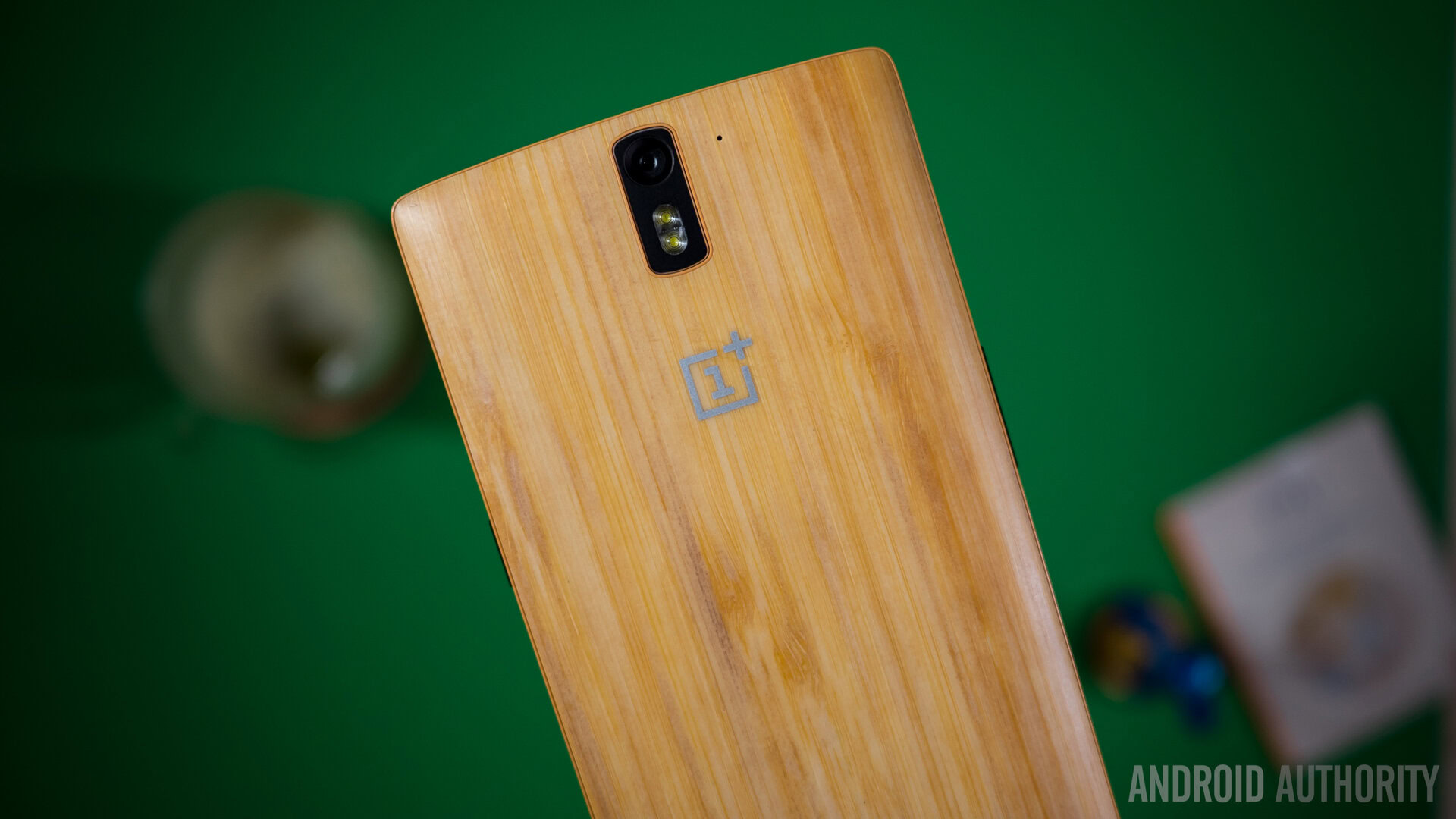
It might not happen for even a couple of years, but eventually we will be due for another shake up. The upcoming release from OnePlus may not be it – that ship seems to have sailed already – but maybe one day the company can recapture the hype that an affordable flagship like the One received. Or maybe that task will fall to someone else.
While the OnePlus One was far from perfect it served its purpose. It let customers know there were solid alternatives to just spending more money. It reminded OEMs that there was an underserved clientele they were ignoring. The OnePlus One may even have been a catalyst for the steady improvement of cheaper phones since its debut, though we haven’t seen a device since that shares the idea of the One so purely. Consumers still want good cheap phones, it’s just a matter of who’s willing to step up to the plate and provide them.
If you were a previous OnePlus One owner, you may look back with some fond memories on the phone that you patiently (or impatiently) waited for an invite to purchase. After this year’s slew of very expensive devices, we don’t blame you.